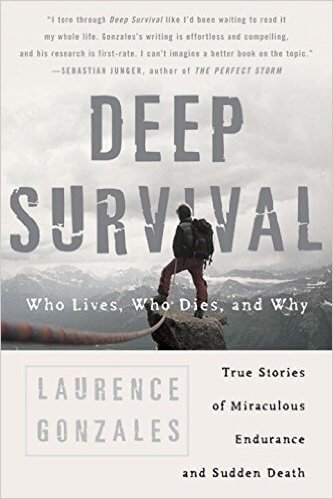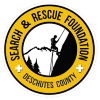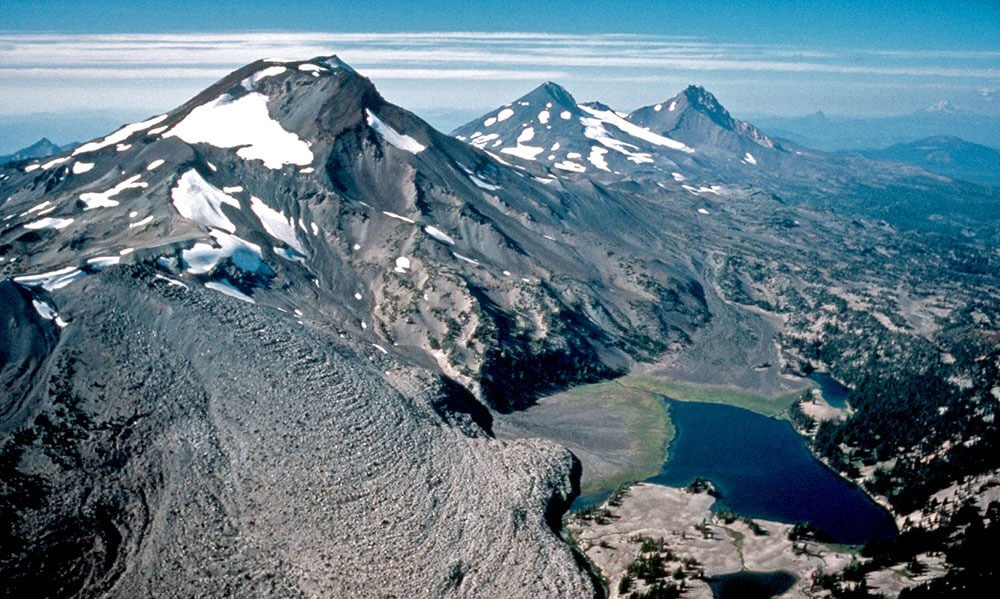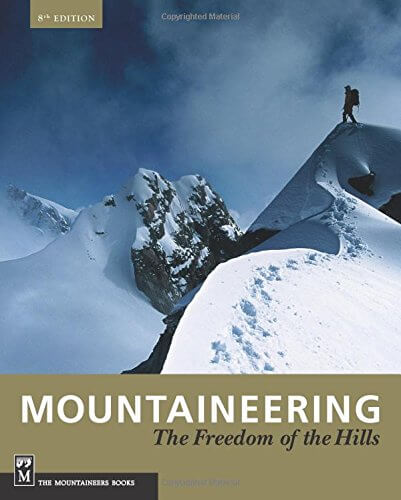The 10 Essentials for Survival
Before you hit any trail, no matter how easy, no matter how short, no matter how close to home, make sure your backpack is loaded with the 10 Essentials for Survival. When in the backcountry you are responsible for your own safety, and any one of these ten items may help to save your life. Carry each one and know how to use them. The 10 Essentials was originated by The Mountaineers.
Recommended Reading
The Ten Essentials list first appeared in the third edition of Mountaineering: Freedom of the Hills. Released in 1976 by Mountaineers Books, Freedom is written entirely by volunteer instructors.
The origins of the list date back to our climbing courses in the 1930s, and the purpose of the Ten Essentials list has always been to answer two basic questions:
- Can you respond positively to an accident or emergency?
- Can you safely spend a night—or more—out?
The list has evolved over time from a list of individual items to a list of functional systems; the updated Ten Essential Systems list is included in Mountaineering: The Freedom of the Hills, 8th Edition.

In Deep Survival, Laurence Gonzalez combines hard science and powerful storytelling to illustrate the mysteries of survival, whether in the wilderness or in meeting any of life’s great challenges. This gripping narrative, the first book to describe the art and science of survival, will change the way you see the world. Everyone has a mountain to climb. Everyone has a wilderness inside.



